It was one of the coldest evenings of Delhi. The minimum temperature had plummeted to 3 deg. C. The cold wind was not in a mood to abate. Since there was no prior occupation, one was exploring the possibility of a “warm up” session. Suddenly, the telephone rang. An invitation from Bhags, to witness Lok-Tarang, the National Folk Dance Festival, followed. Braving the inclement weather, I reached Pragati Maidan, the venue. As the first woman President was the Chief Guest, there was usual paraphernalia and security drill. Fortunately, the open air theatre was covered. The sets beautifully designed by the painstaking efforts of Anoop Suri showed a monastery, a gopuram, village huts and post-harvest heaps of hay. In the beginning, the audience was maintaining pin drop silence in deference to the dignity of the VIP. However, some “breach” was noticed when the arrival time got postponed. After 25 minutes, she made a quiet entry. Usual lighting of lamp (altogether 7 to denote 7 Zonal Cultural Centres) followed by beating of Nagara by the President, marked the commencement of the ceremony. The process which began with Pong Cholam dance of Manipur continued to keep the audience in rapt attention for more than an hour.
The intricate rhythms played on long but sleek drums with corresponding body movements and footwork, is typical of the North East. Performed during Holi, Pong Cholam is a part of Sankirtan tradition of Manipur. Their brief but effective performance was followed by Mungyanta harvest dance of Nagaland. Though very colourful with elaborate movements of hand and foot, the dance could not leave much impact. What they could not, was achieved by the Flower dance presented by the artists from Nubra Valley of Laddakh and Solakia dancers from Mizoram. The colorful attire and soothing sound of drum shehnai, gongs and cymbals were simply mesmerising. The Kud dance of Jammu & Kashmir and Panthi dance of Chattisgarh, however, left much to be desired. The accompanying musicians playing narsingha, talli, dhauns, mridang and cymbals came to their rescue.
What restored the attention and concentration of the onlookers, were Gotipua dance of Orissa and Ghasiyari dance of Uttarakhand. Not only the movements were precise and systematic but the images of Radha and Krishna were displayed by quick acrobatic yogic postures, adequately backed by musical support of pakhawaj, mini cymbals, violin and flute, a key instrument of the aboriginals. The Mayur dance, associated with gaiety and greenery during the Monsoon in Uttar Pradesh, Gidda, a dance performed by women at weddings and child-birth in Punjab and Dhollu Kunitha dance performed with acrobatic displays by the shepherd community of Karnataka were usual colourful affairs with good momentum, gusto and appreciable coordination.
The dances which turned the tide towards a smooth and extremely memorable climax, were Lavani, an integral part of the Tamasha folk theatre of Maharashtra, Kummi Kolattam, a charming and artistic harvest dance of Tamilnadu and the colourful Yakshgan of Karnataka. The Ghode-Modeni dance depicting exploits of Gaon warriors with attractive dresses and effigies of horses did leave an impact though the invitees were expecting usual folk music & dance of Goa, akin to the western cultural extravaganza.
Once again the focus shifted to the east with the appearance of Rangoli Bihu dancers of Asom and moved on to highlight the fascinating and reverberating dance performances of Kalbelia women of Rajasthan and Siddhi Dhamal men performers of Gujarat. In between came the most memorable Chhau, the vigourous dance drama of Purulia in West Bengal. Wearing colourful masks & elaborate headgears, the dancers depicted scenes from the Ramayana and Mahabharata with immense concentration supported by rhythmic drum beatings and playing of shehnai. The eight dancers posing as Godess Durga, her accompanying Gods and Goddesses and not to be missed, Mahishasur, in the concluding sequence, left an indelible mark on the audience. Elaborate clapping together with cheers in unison and foot tapping was something to be seen, not to be described.
Similar responses also witnessed at the conclusion of the semi-African Siddhi Dhamal dance, not only lifted our spirits but also helped in regaining concentration and confidence. The whole experience took us to the new heights of elation. The ultimate opportunity of getting exposed to the indomitable spirit of our cultural heritage came in the form of the Anhan Naad, a symphony of musical instruments of all the 22 dance groups, brilliantly choreographed by Taneraj Singh Sodha. This musical ensemble truly provided the grand finale to the embodiments of various dance and drama forms, meticulously preserved down the ages. The onlookers were rightly reminded of such a remarkable essence of our UNITY IN DIVERSITY. No wonder, I was tempted to share with my better half “the festival has grown in leaps & bounds. It is being presented more professionally than what I saw last in 2002”. After the function, it was a pleasure and privilege to have a close up with the performers and see their renewed energy and enthusiasm while they stood for group photographs. The event not only reduced the chill of the air outside but gave adequate inspiration to pursue things with a positive bent of mind.
Saturday, September 6, 2008
Subscribe to:
Post Comments (Atom)


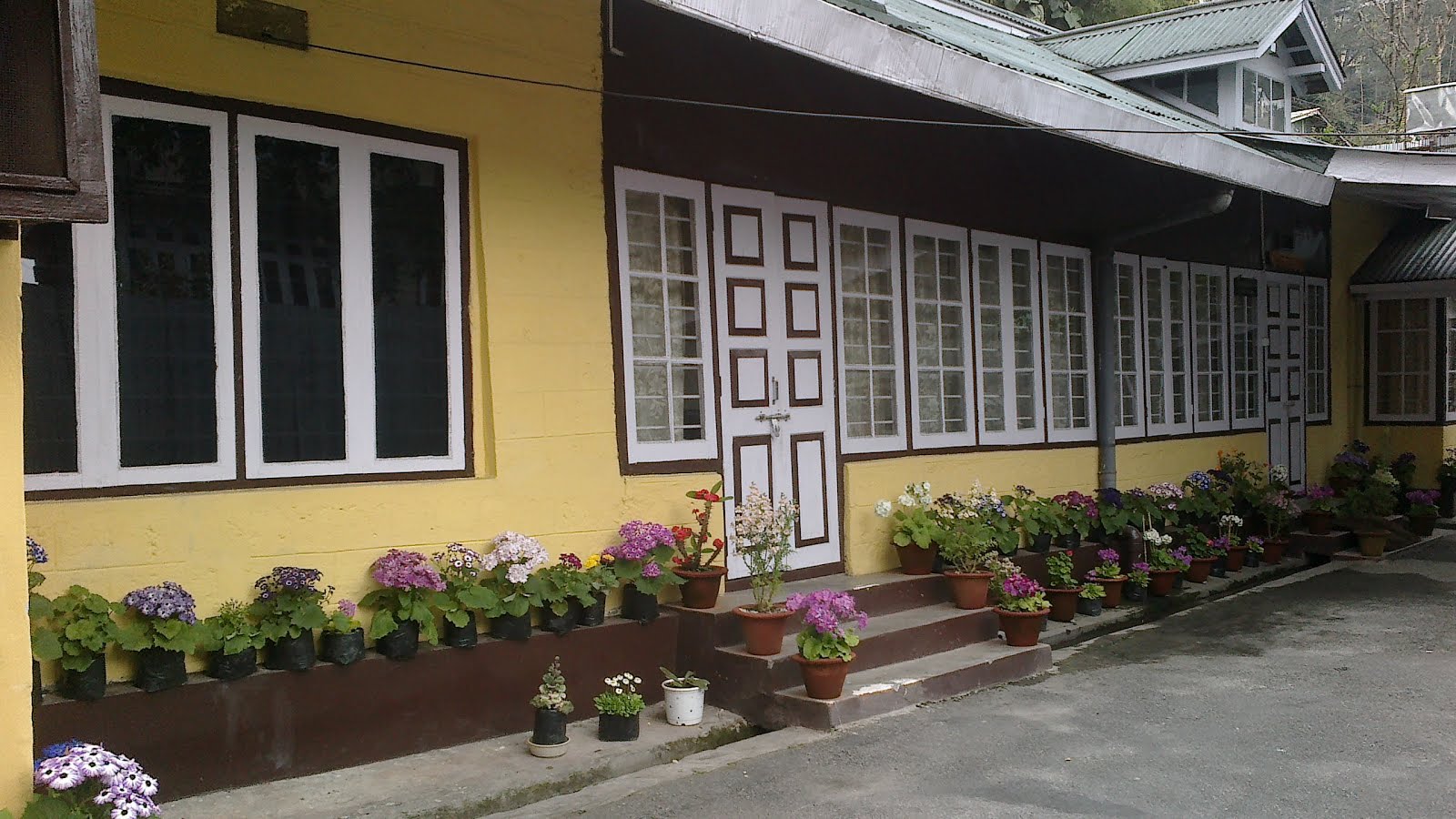







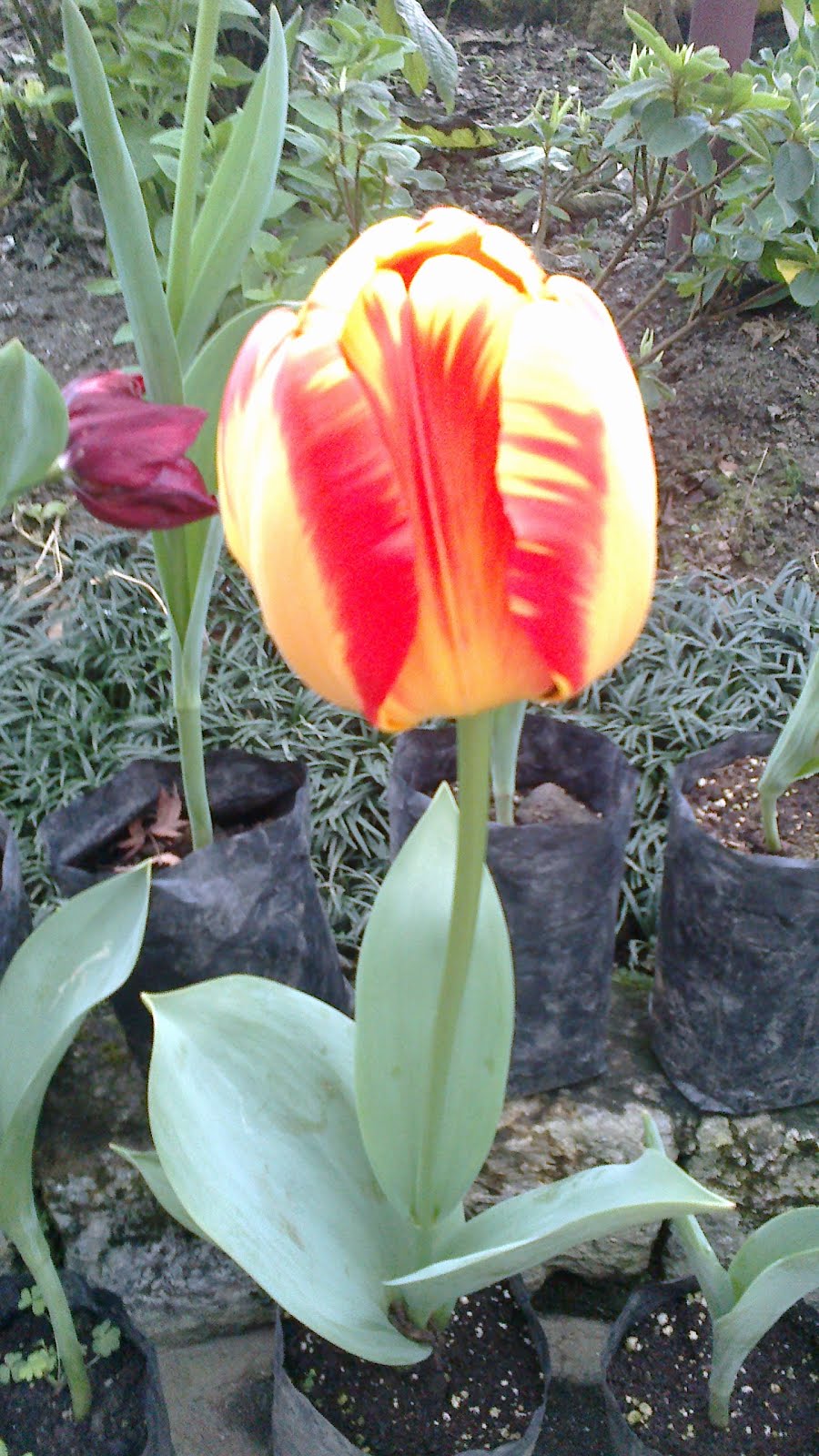
















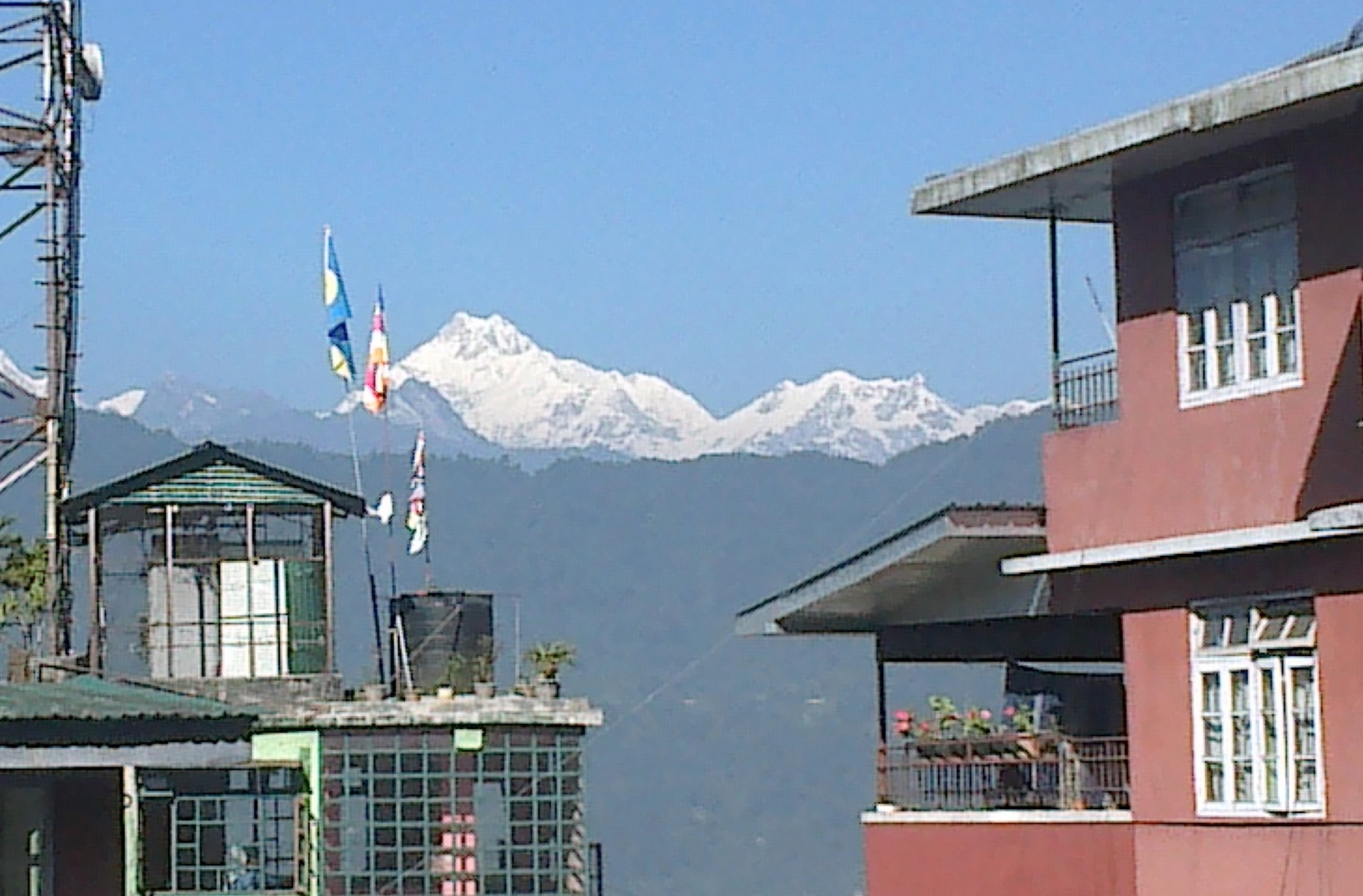


























































































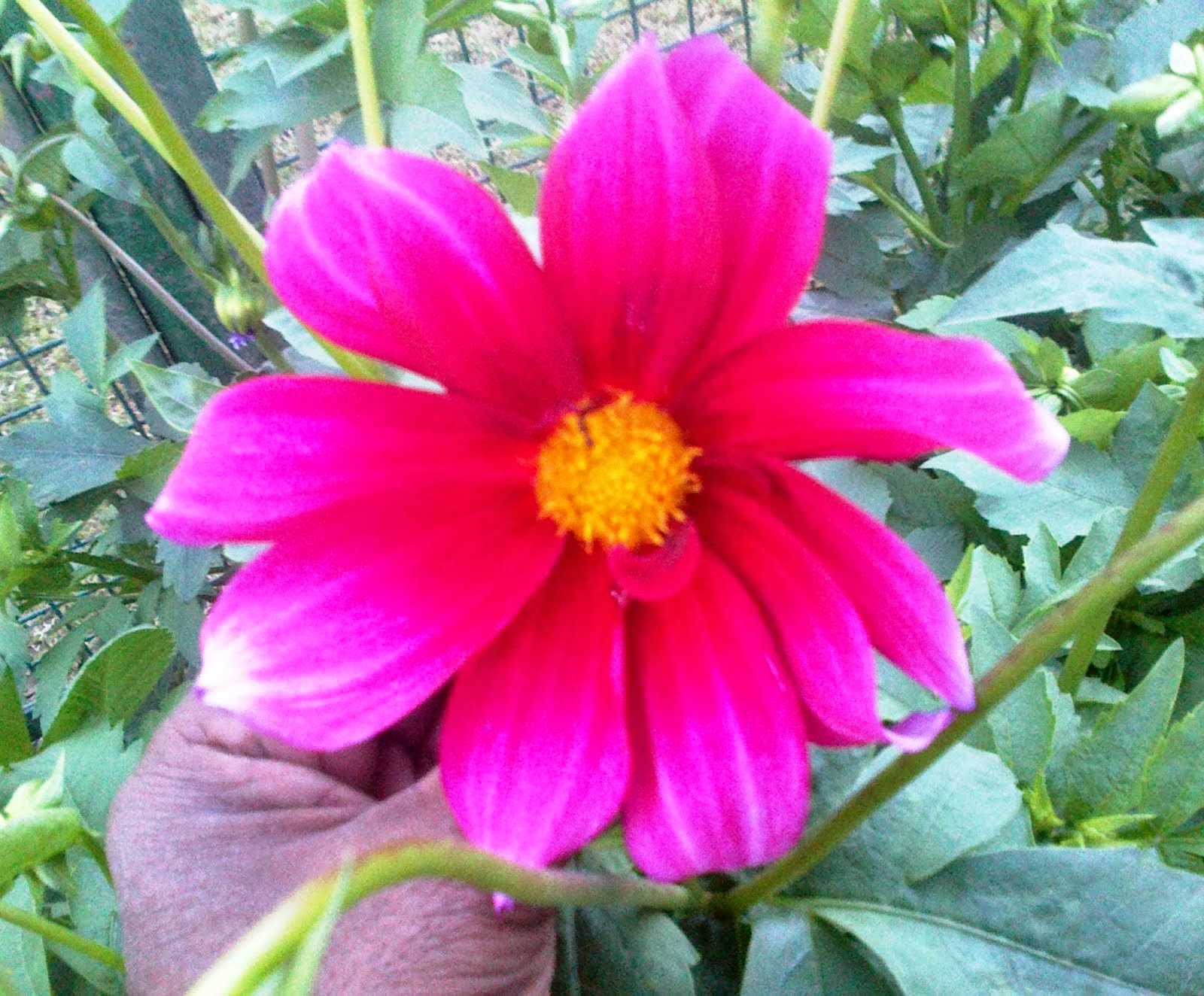



















































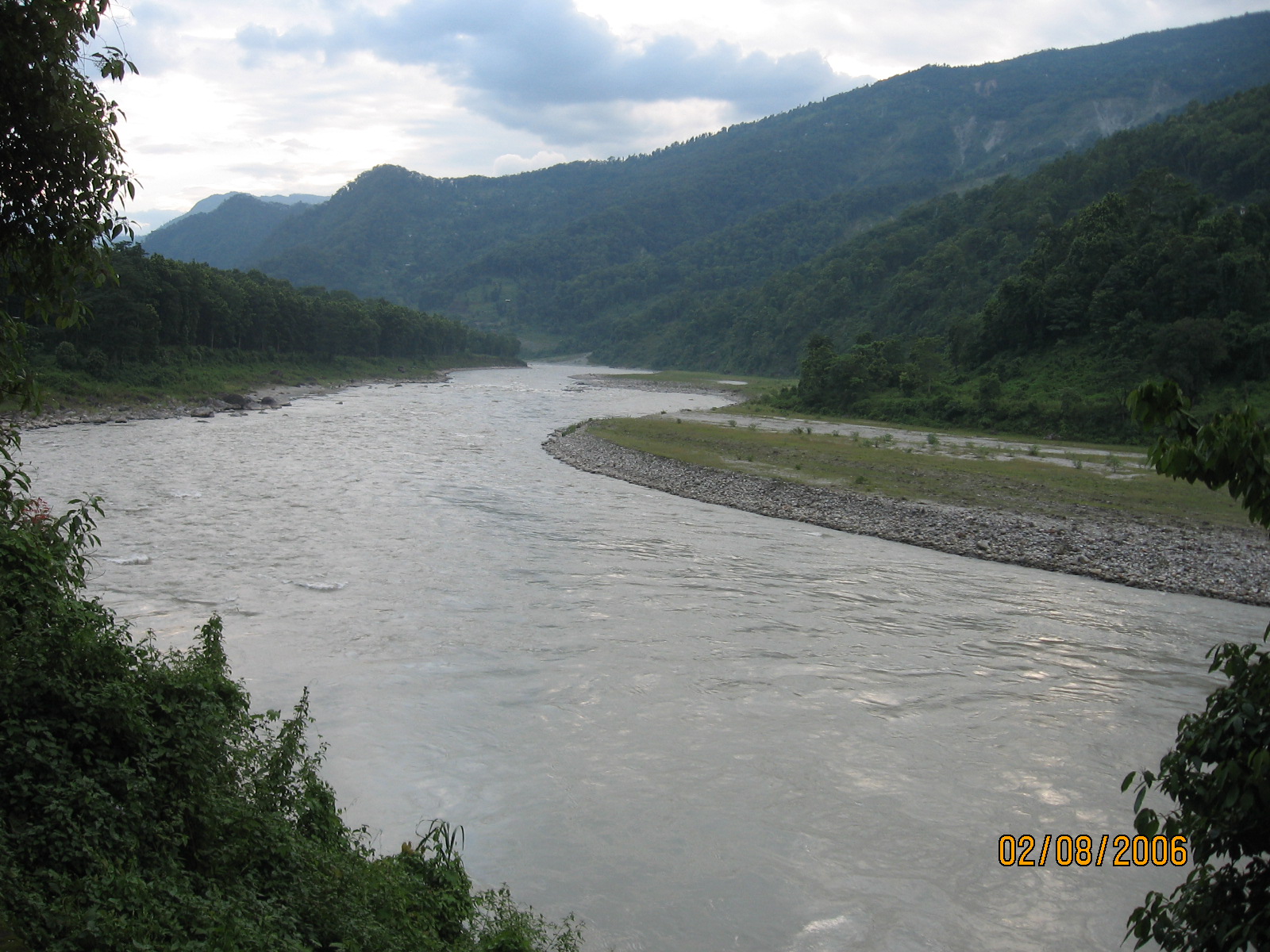

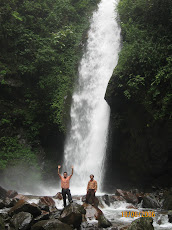
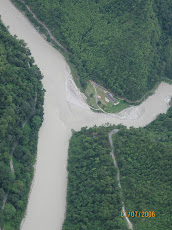
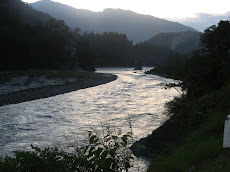
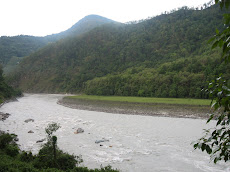
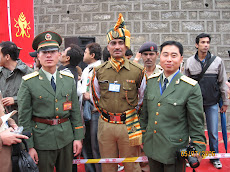
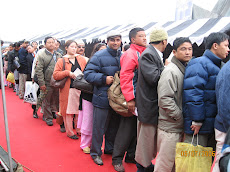
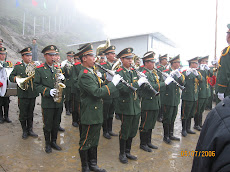


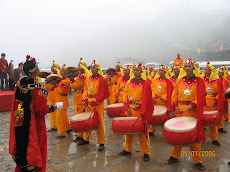
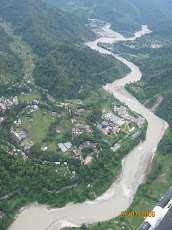




















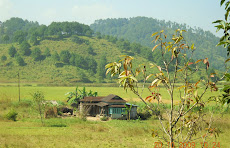
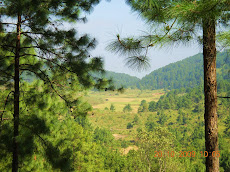








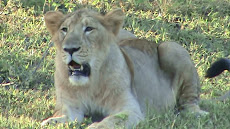.jpg)







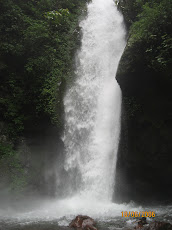
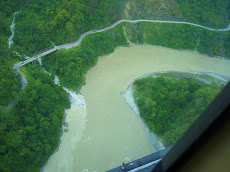


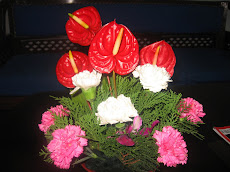





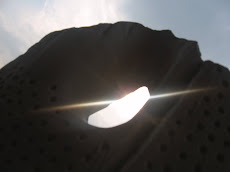
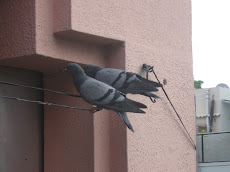
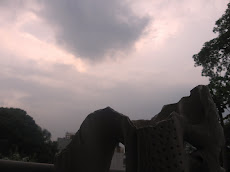
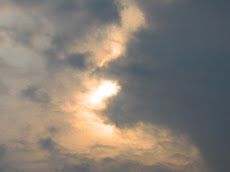
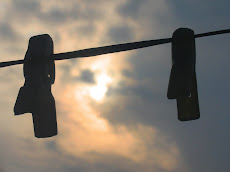
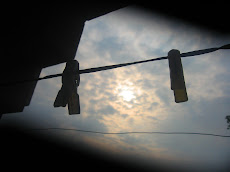

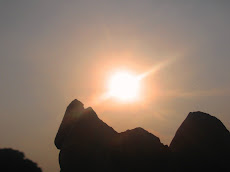
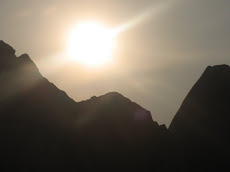
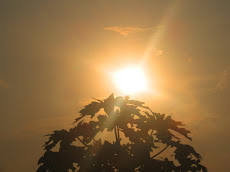


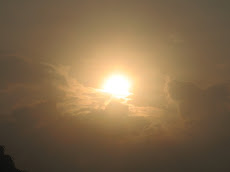

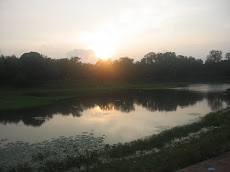
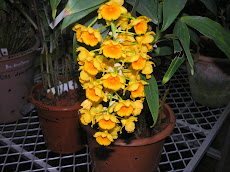
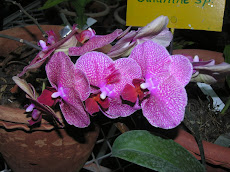

























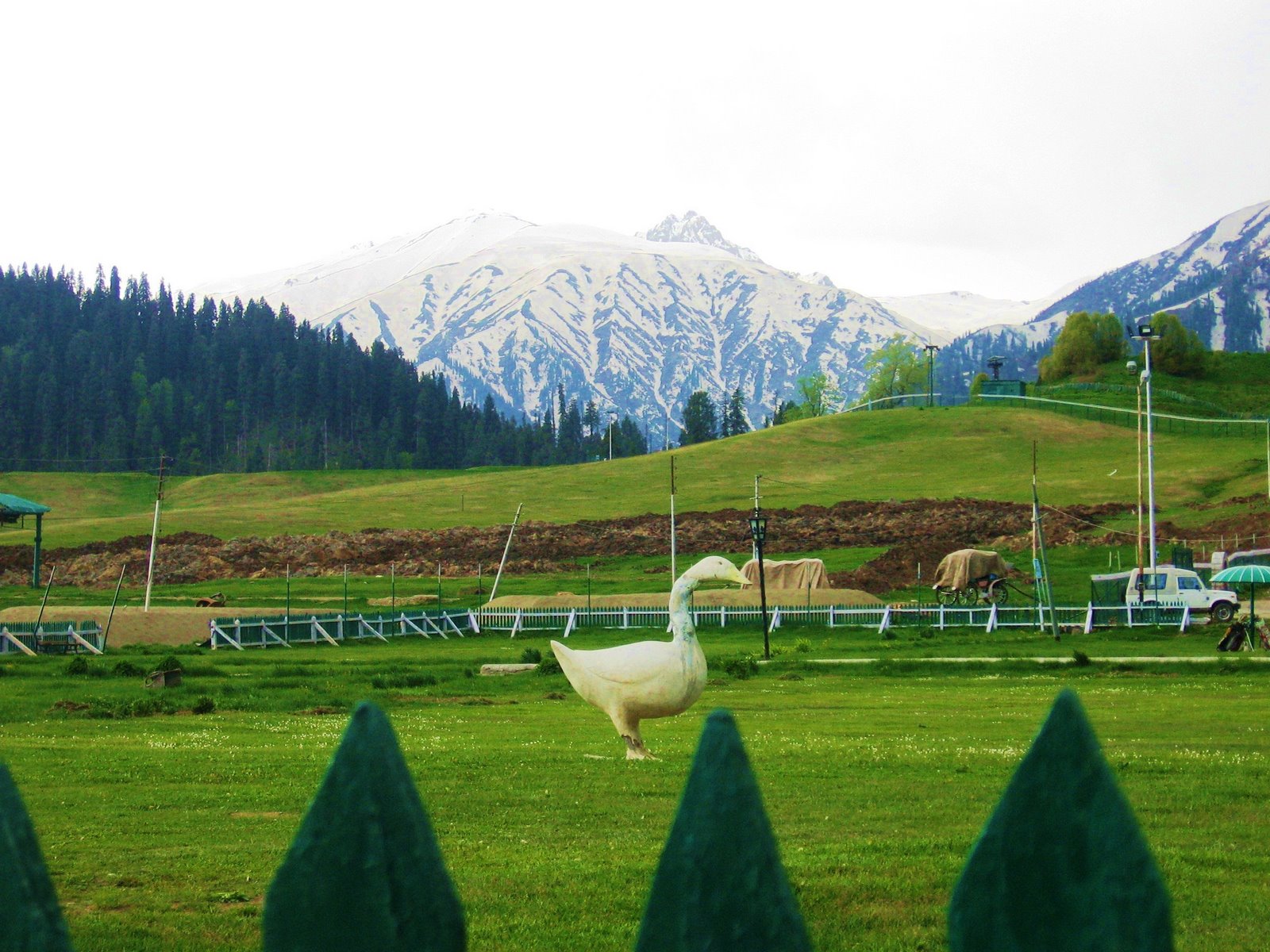
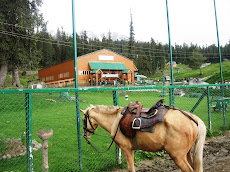
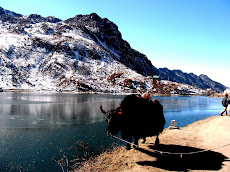






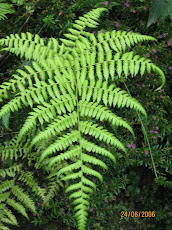

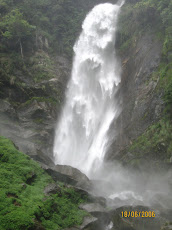



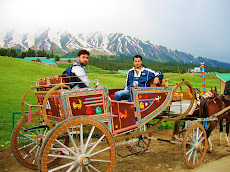






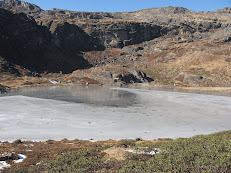

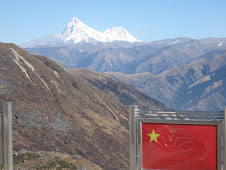



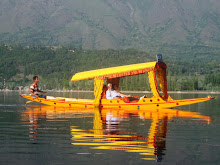
No comments:
Post a Comment